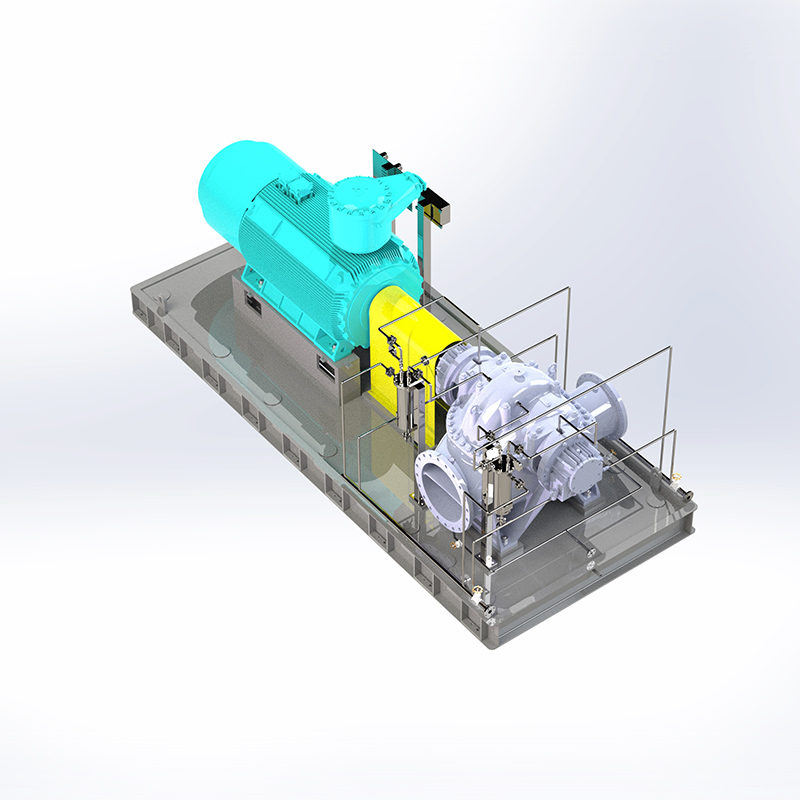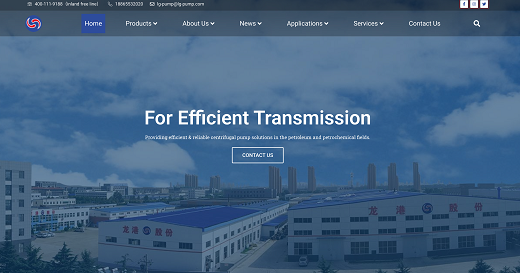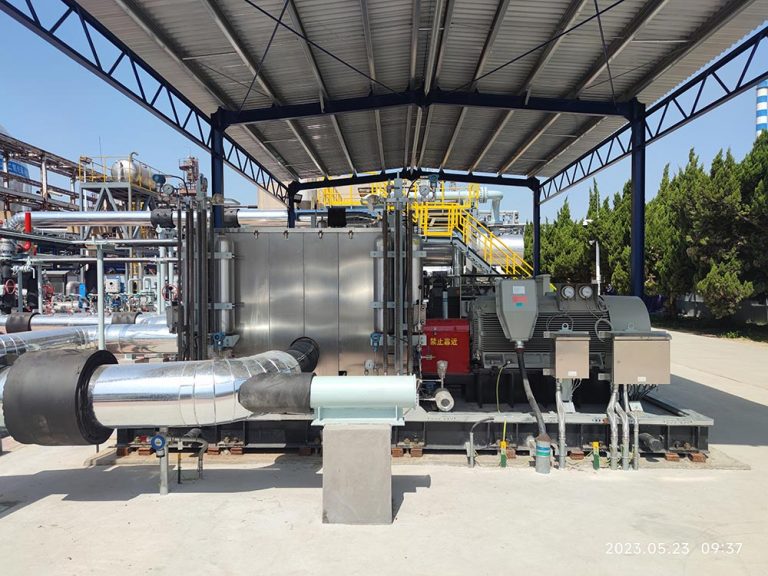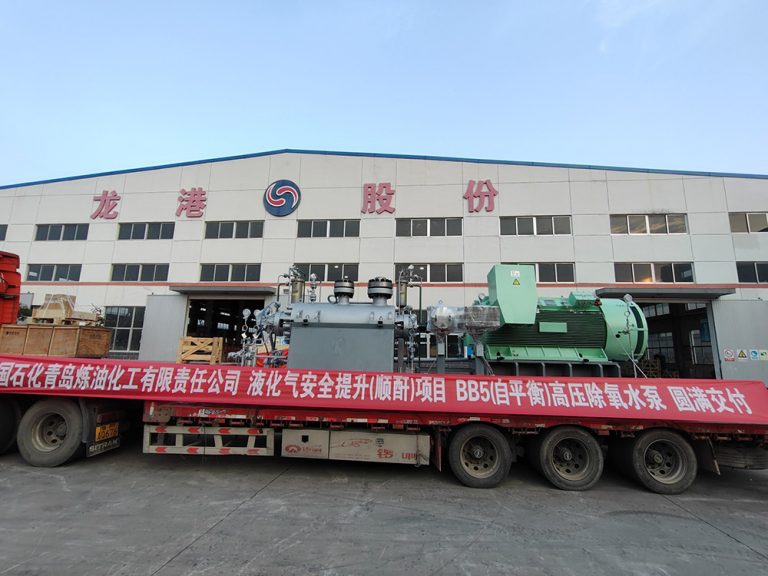Imagine water rushing through city pipes or factories moving liquids like oil or chemicals. A small but mighty machine makes it all happen.

What Is a Centrifugal Pump?
A centrifugal pump is a gadget that pushes liquids along. It uses a spinning motor to give the liquid a boost. Think of a wheel, called an impeller, twirling fast inside the pump. It spins the liquid, flinging it outward with force. This creates a flow and builds pressure. You’ll find centrifugal pumps in places like water plants, oil refineries, or even car engines. They’re great because they work with all kinds of liquids and get the job done quickly.
Main Parts of a Centrifugal Pump
To get how a centrifugal pump does its magic, let’s check out its key pieces:
- Impeller: This spinning part gives the liquid energy. Its shape, like open or closed, changes how it performs.
- Casing: This shell guides the liquid and turns its speed into pressure.
- Shaft: It joins the impeller to the motor, passing the spinning power along.
- Seals and Bearings: These keep things running smoothly and stop leaks.
- Suction and Discharge Ports: These are where the liquid enters and leaves.
Each piece matters a lot. Different setups work for different jobs, like moving clean water or sticky chemicals.
Why Go for a Centrifugal Pump?
Centrifugal pumps are easy to use and super strong. Why do people pick them? Here’s the scoop:
- Saves Power: They move lots of liquid without using too much energy. This keeps costs down.
- Handles Many Liquids: They work with thin stuff like water or thicker stuff like slurries, depending on the setup.
- Low Upkeep: With fewer parts that move, they don’t break easily.
- Fits All Sizes: They come in small versions for homes or big ones for factories.
If you need a pump you can trust, centrifugal pumps are a great choice. But you’ve got to know what your job needs—like how much liquid to move or what kind—to pick the best one.
Types of Centrifugal Pumps
Not every centrifugal pump is the same. Different kinds fit different tasks:
| Type | Best For | Key Features |
| End-Suction Pumps | Moving water, cooling systems | Simple to set up, easy design |
| Multistage Pumps | High-pressure jobs, like boiler systems | Extra impellers for more push |
| Submersible Pumps | Sewage, drainage, deep wells | Works underwater, doesn’t rust |
| Self-Priming Pumps | Jobs with air in the liquid | Handles air and liquid together |
| Axial Flow Pumps | Big flow, low pressure, like flood control | Propeller-like impeller for huge amounts |
Choosing the right type keeps your pump working great for years. Ask a pump pro to help you pick the perfect one.
How Does a Centrifugal Pump Work?
The way a centrifugal pump runs is simple but neat. The impeller spins super fast. This makes a low-pressure spot at the pump’s entry. The liquid gets pulled in (that’s why we say pumps don’t suck—physics does the pulling!). The impeller’s blades then fling the liquid outward, giving it speed. Next, the liquid hits the casing. It slows down there, and that speed turns into pressure. This pressure pushes the liquid out through the exit port.

Things That Affect Centrifugal Pump Work
A few things change how well a centrifugal pump does its job:
- Flow Rate: This is how much liquid the pump moves. It’s measured in gallons per minute (GPM) or liters per second (L/s).
- Head: This is how high the pump can push liquid. It’s key for jobs like water systems.
- Viscosity: Thick liquids need more power. Some pumps need special impellers for them.
- Cavitation: If bubbles form in low-pressure spots, they can pop and harm the pump. Good design stops this.
- Net Positive Suction Head (NPSH): This makes sure the pump has enough suction to work right.
Knowing these helps you keep your pump running well and avoid trouble.
Where Do You Find Centrifugal Pumps?
Centrifugal pumps are super useful in lots of places. Here’s where they do awesome work:
- Water Systems: They push water through city pipes, farms, or sewage plants.
- Oil and Gas: They move crude oil, fuels, or chemicals in factories.
- Cooling and Heating: They keep water flowing in building air systems.
- Food Industry: They handle liquids like juice, milk, or syrup in clean pumps.
- Medicine Making: They move liquids carefully to keep things germ-free.
They fit so many jobs, but picking the right pump and taking care of it is super important.
Meet Longgang: A Top Centrifugal Pump Maker
When you want a solid centrifugal pump, Longgang is a name you can count on. Based in China, Longgang is famous for making tough, high-quality pumps for all sorts of tasks, from factories to city water systems. They care about new ideas, strong designs, and happy customers. Longgang’s centrifugal pumps are made to work great and last a long time. Their careful quality checks and custom options mean you get a pump that fits your needs just right, backed by years of know-how.

Taking Care of Your Centrifugal Pump
To keep a centrifugal pump working well, you need to look after it. Here are some simple tips:
- Check It Often: Look for leaks, weird noises, or shakes that could mean problems.
- Watch How It Works: Keep track of how much liquid moves and the pressure to catch issues early.
- Grease Bearings: Add oil to bearings to keep them moving smoothly.
- Clean the Impeller: Clear out dirt to stop clogs or wobbles.
- Fix Seals: Swap out old seals to stop leaks and keep things running well.
A well-kept centrifugal pump can work for years, saving you time and money.
FAQs About Centrifugal Pumps
Can a centrifugal pump handle thick liquids?
Yes, it can. But the pump needs the right setup. Thick liquids might need special impellers or stronger motors to work properly.
How do I stop cavitation in a centrifugal pump?
To keep cavitation away, make sure the pump has enough suction pressure (NPSH). Don’t run it too fast. Also, keep enough liquid at the entry.
How is a centrifugal pump different from a positive displacement pump?
Centrifugal pumps move liquid smoothly with spinning energy. They’re great for big flows and low pressure. Positive displacement pumps trap and push fixed amounts of liquid. They’re better for high pressure and small flows.
Start Moving Your Liquids Right
Ready to use centrifugal pumps for your work? Whether you’re handling a city water system, running a factory, or setting up a cooling system, the right pump changes everything. Look at your options. Talk to pros to find the best pump for your job. Pick quality to keep things running smoothly for years. Get started on better liquid systems today—your project needs the best.









